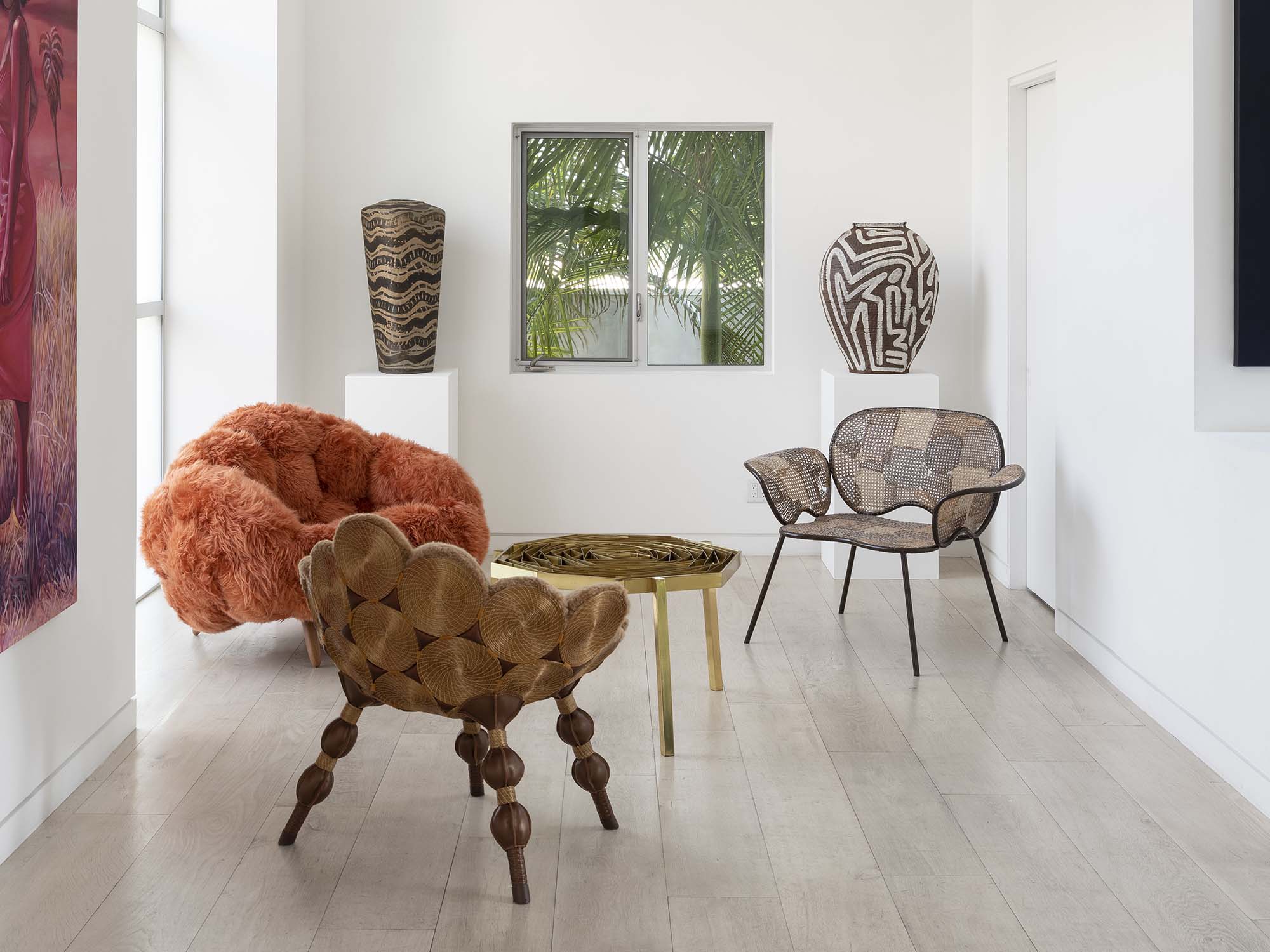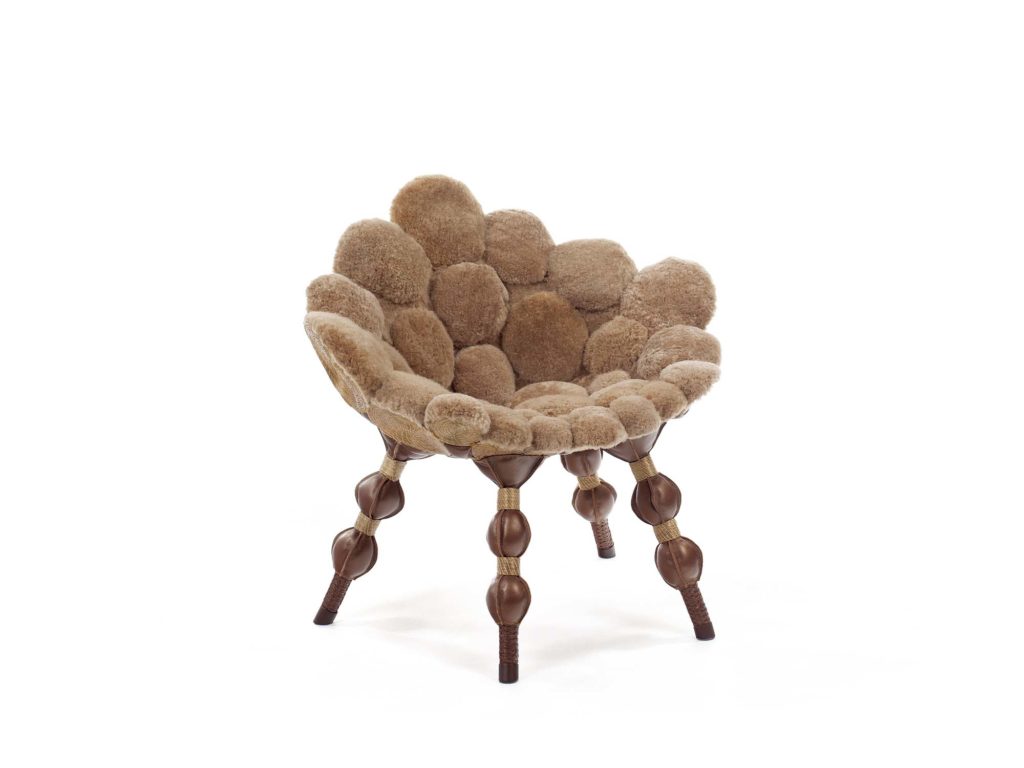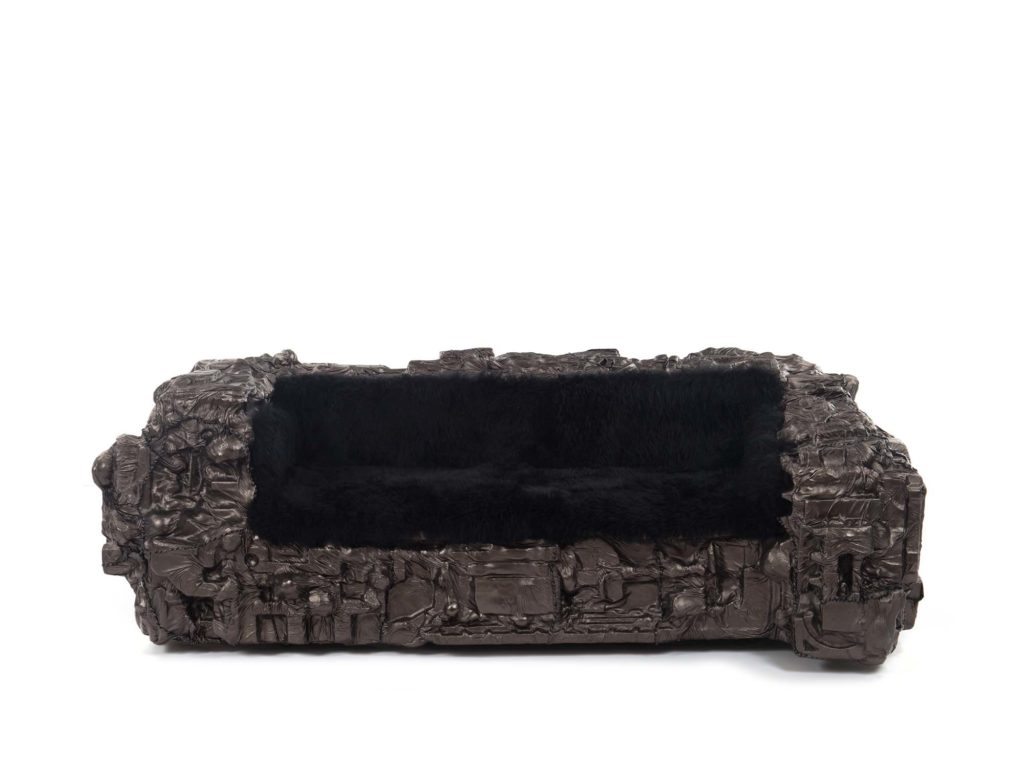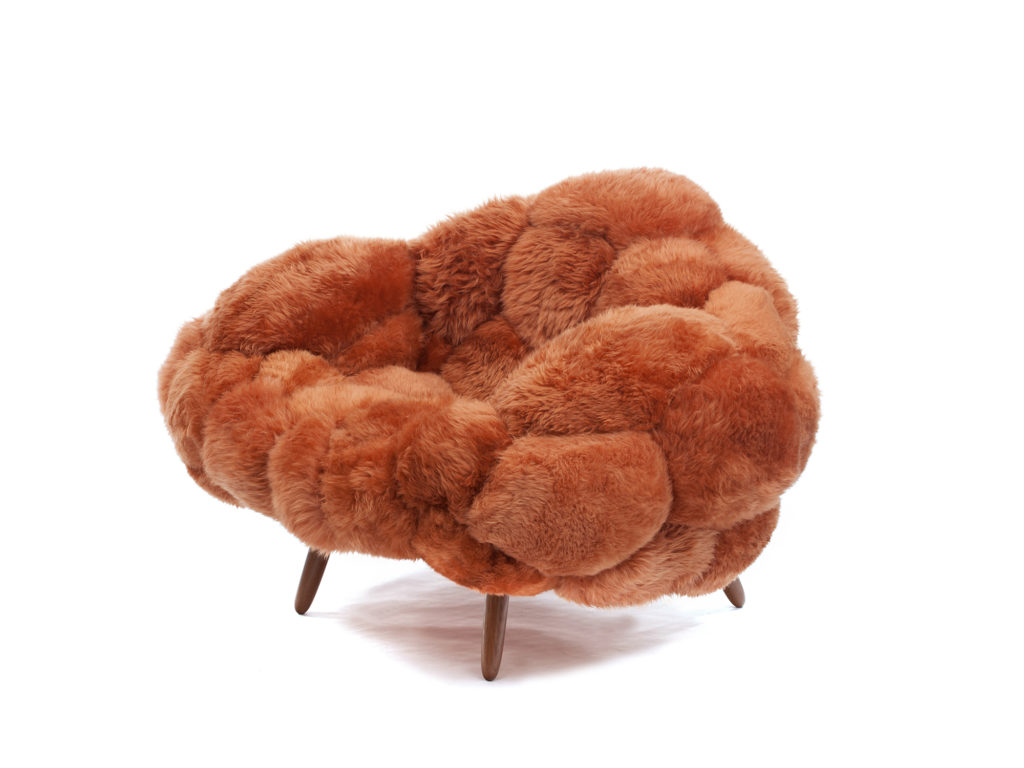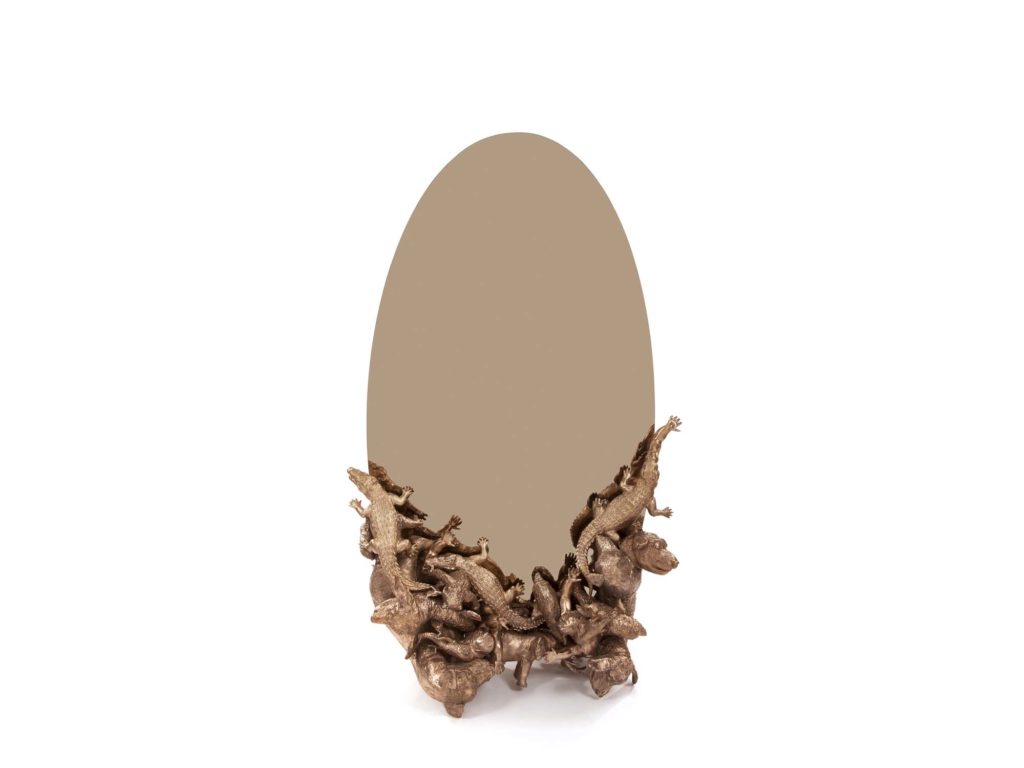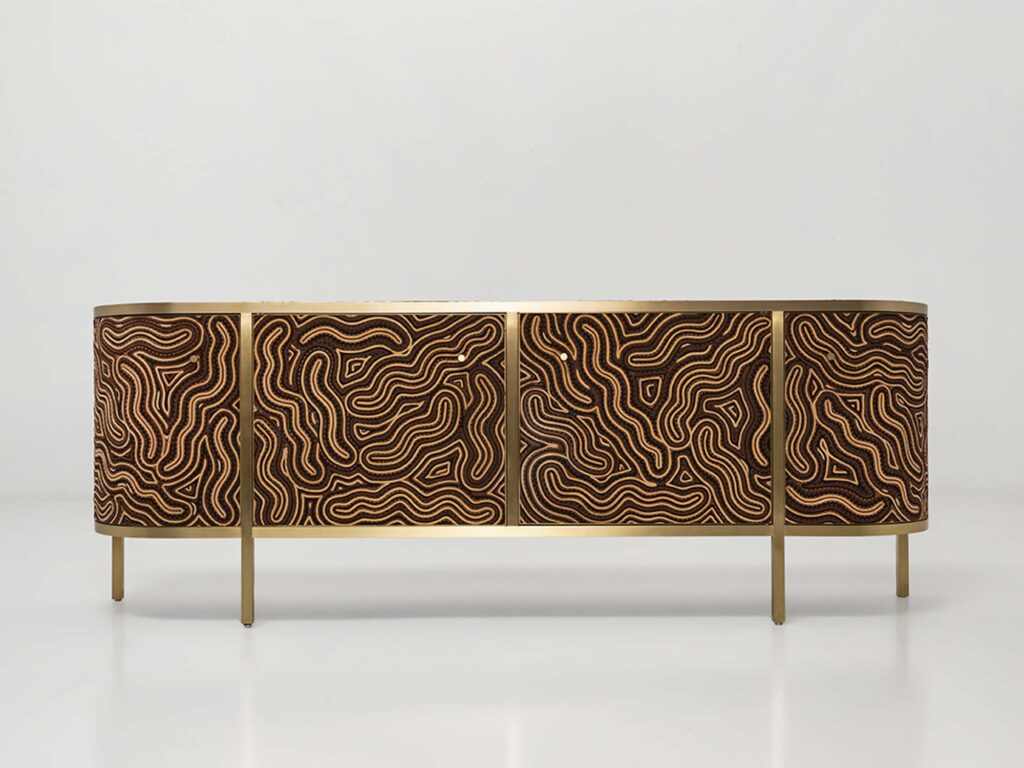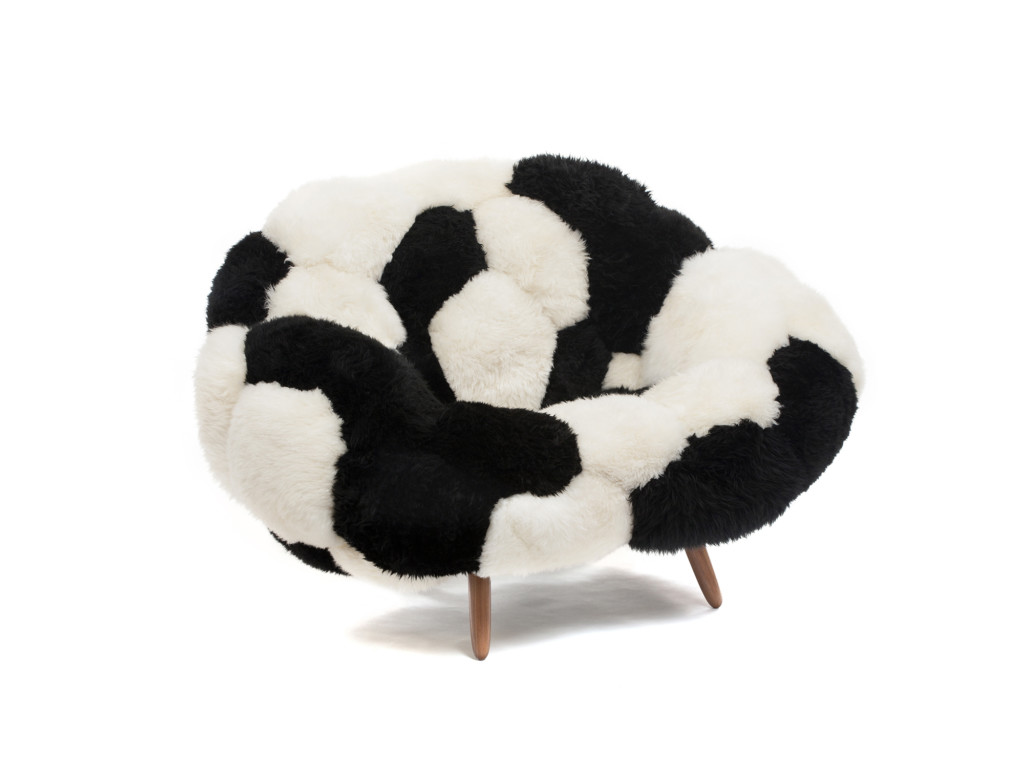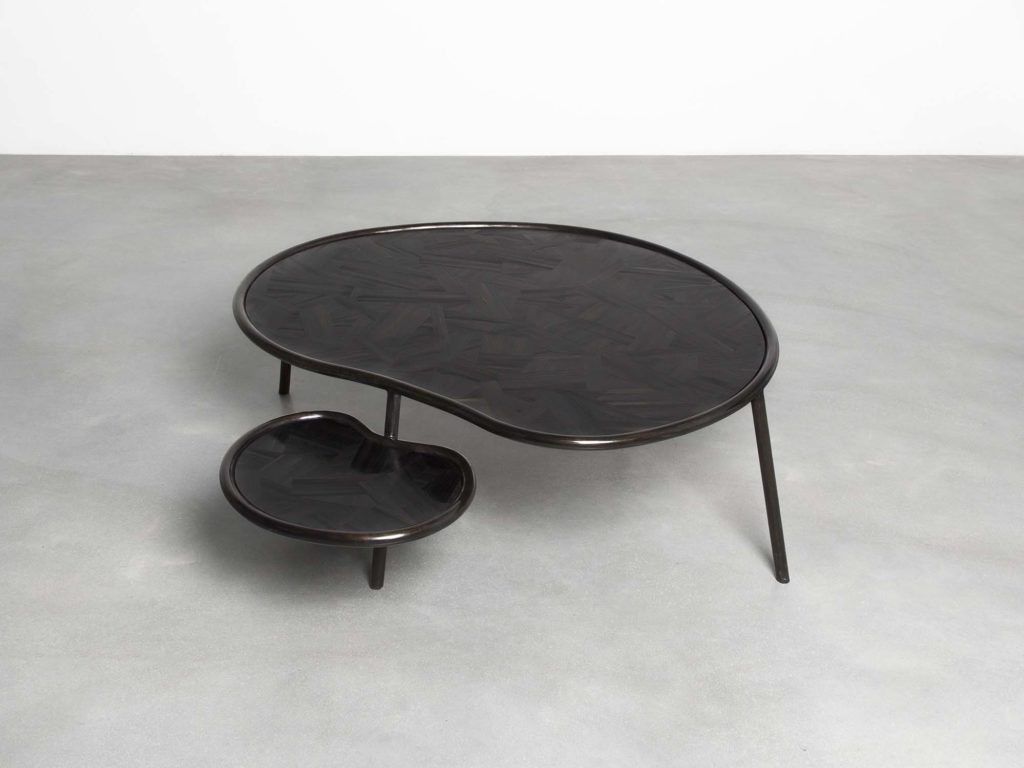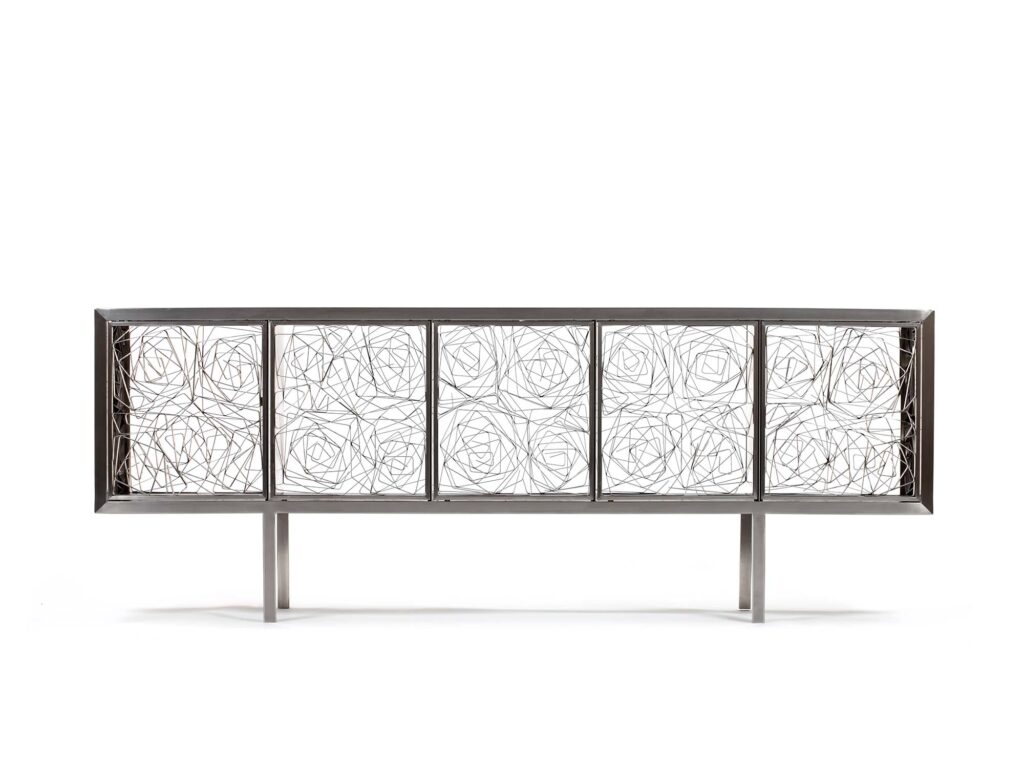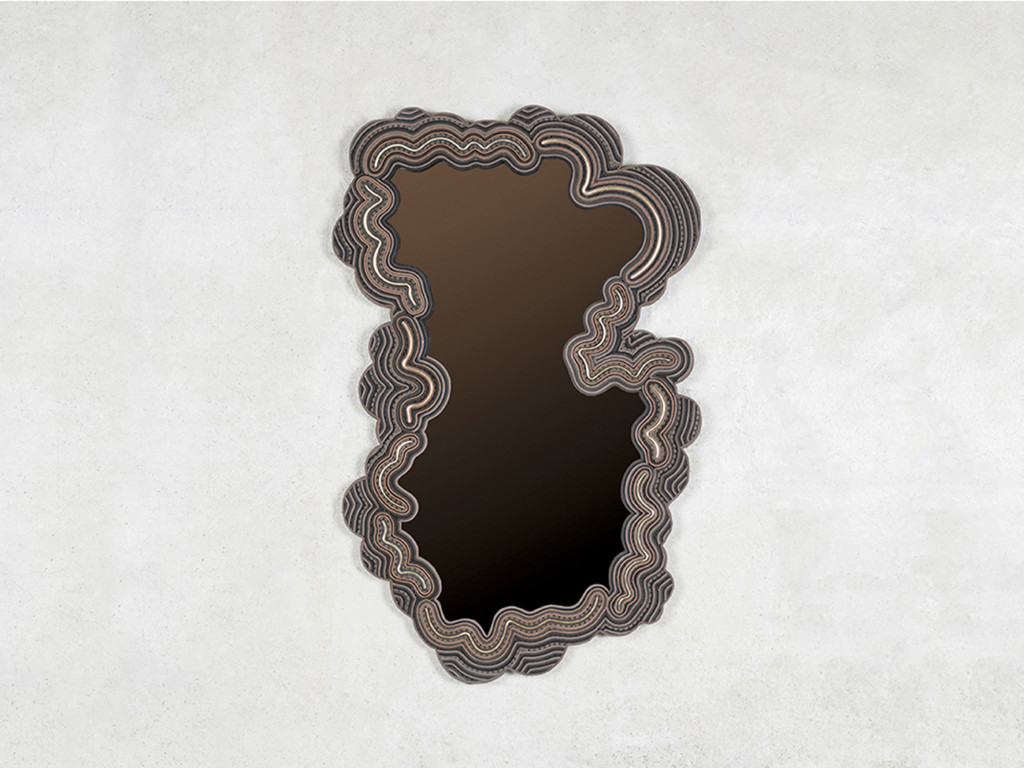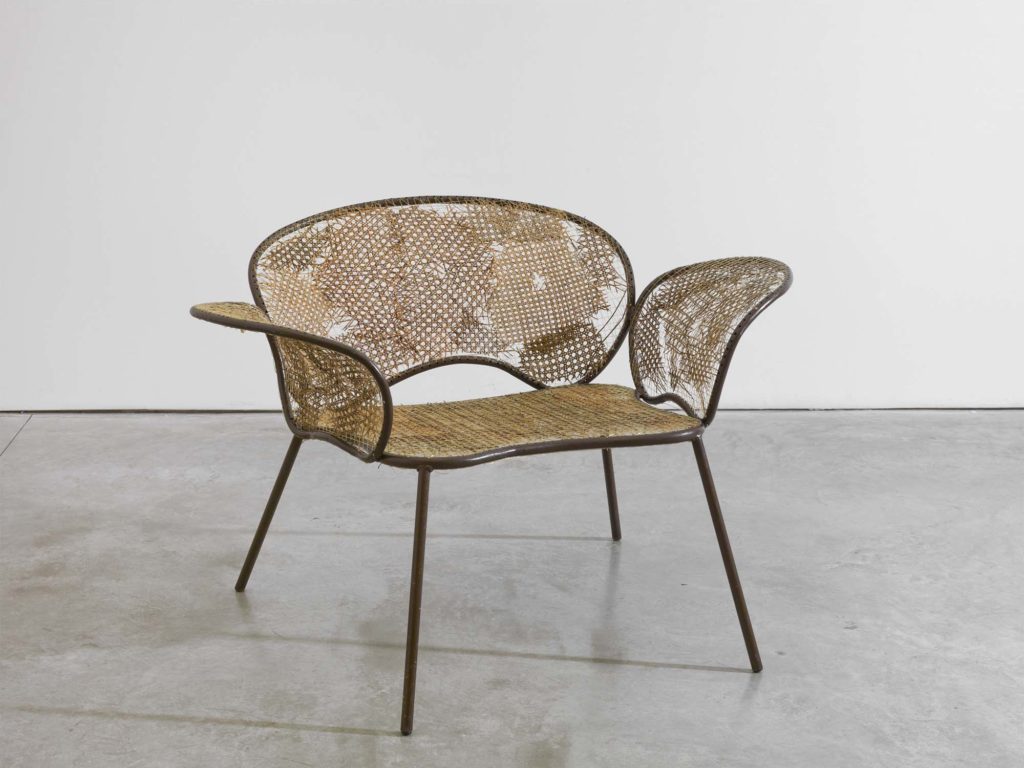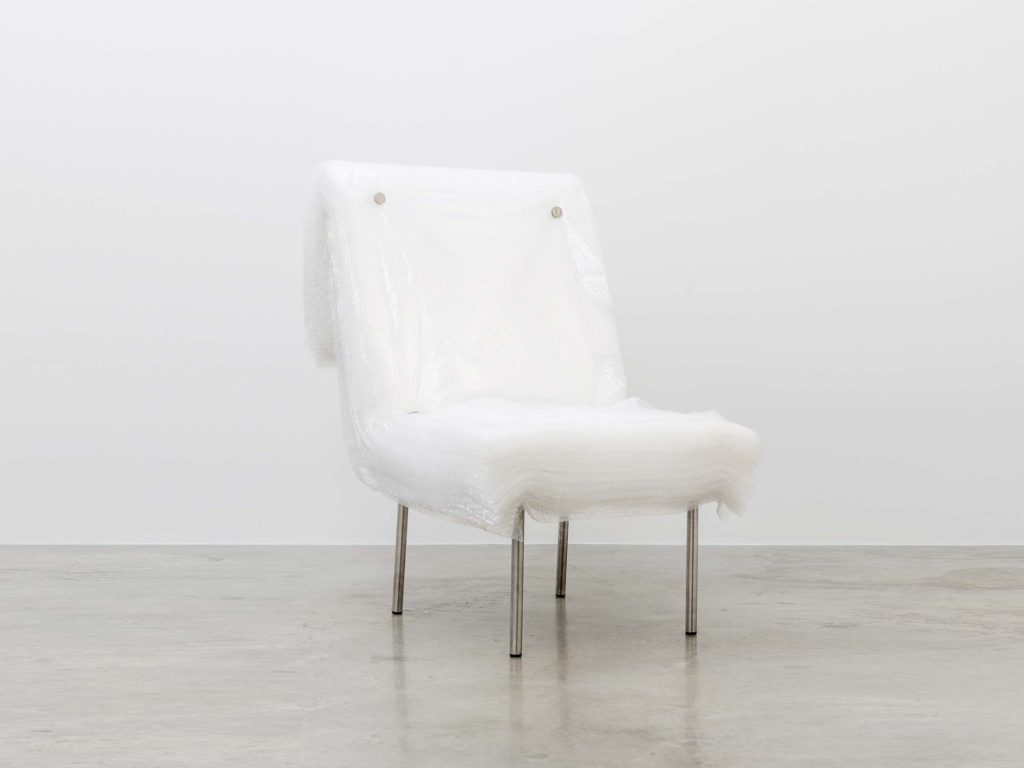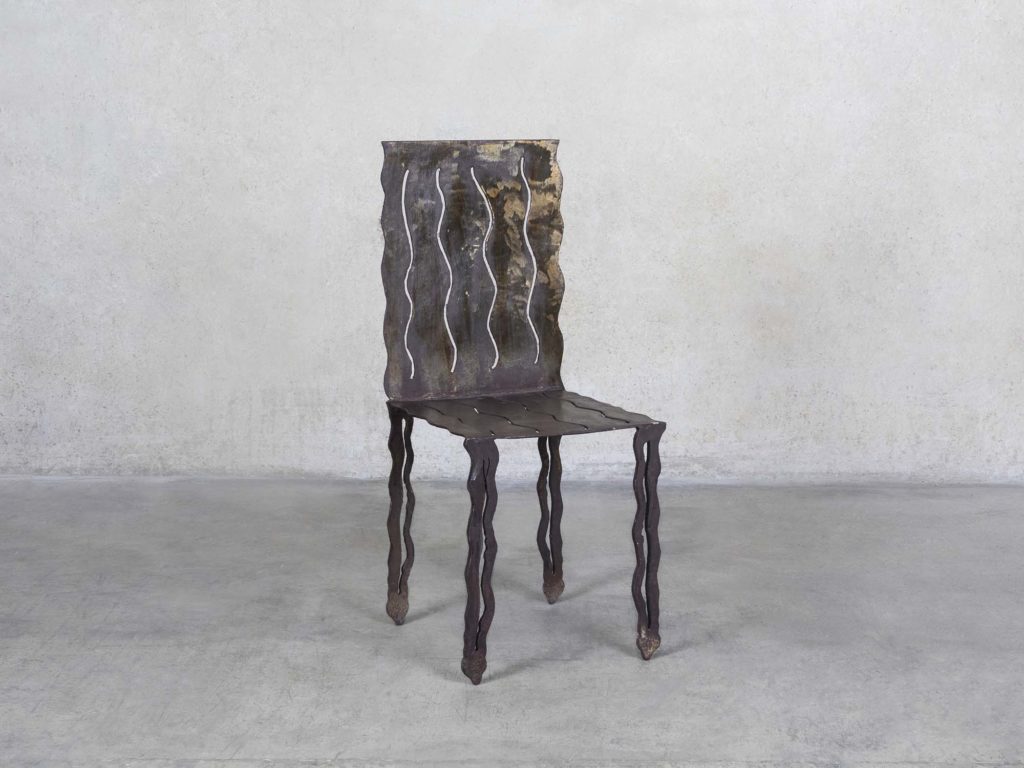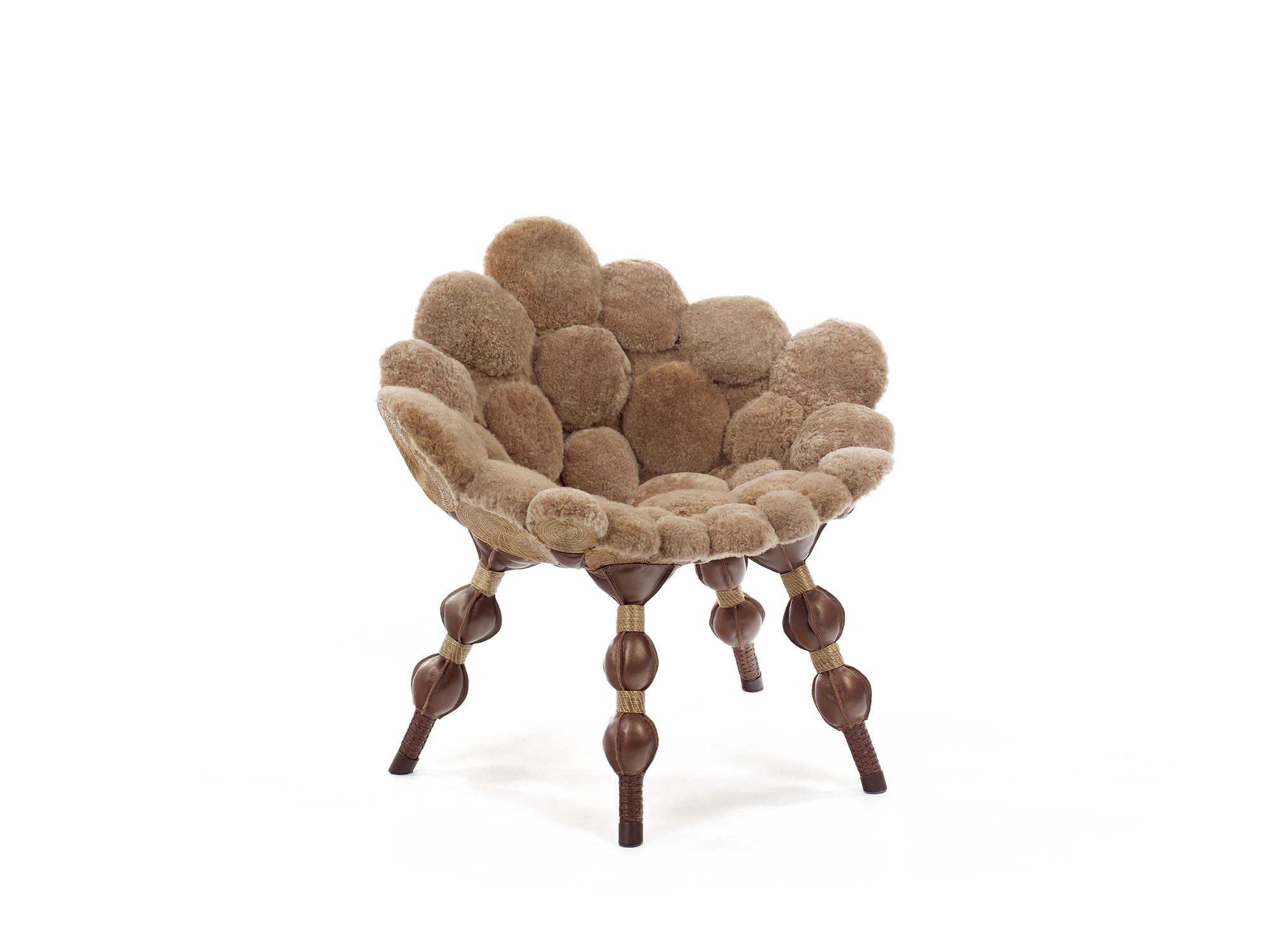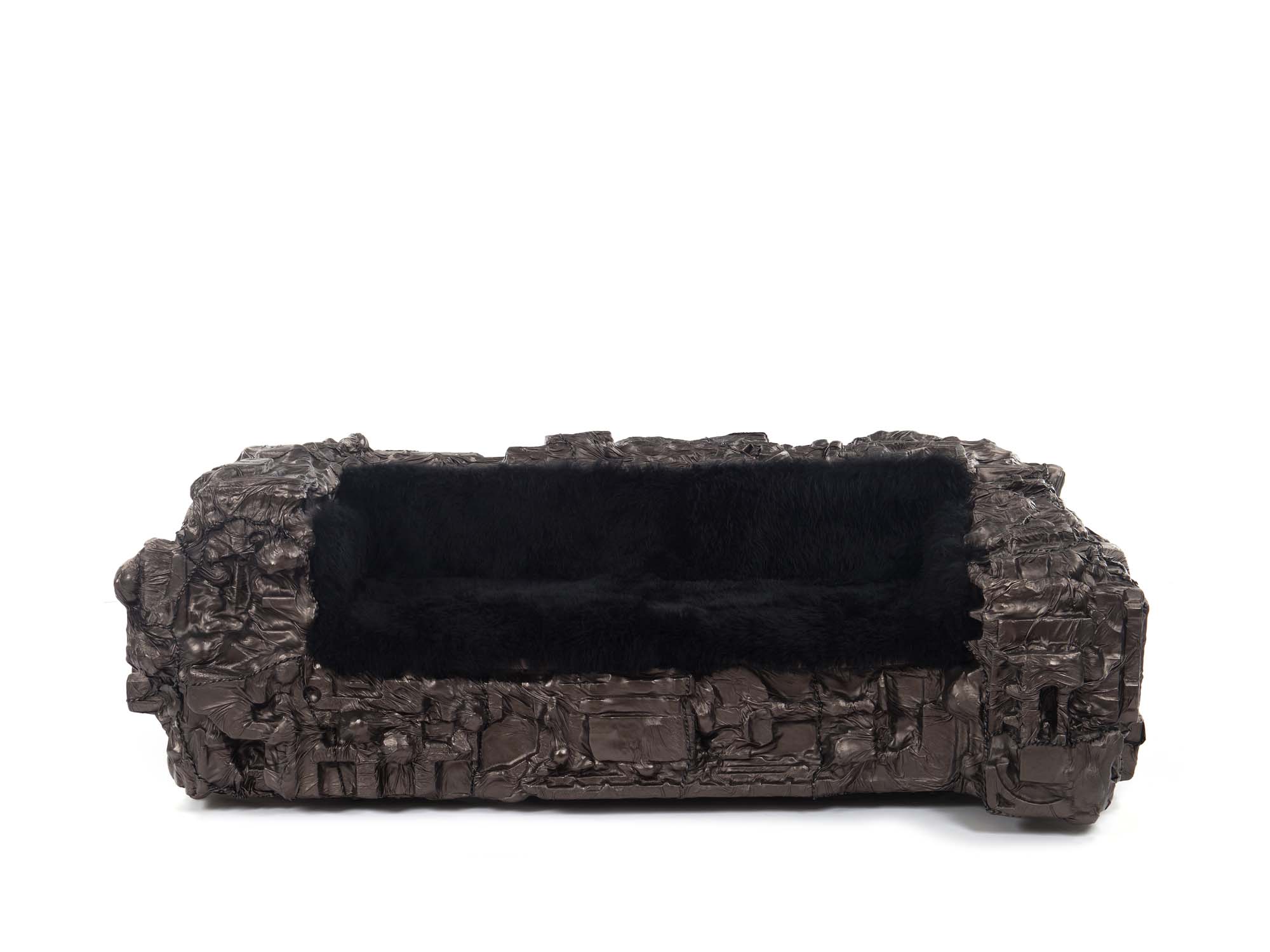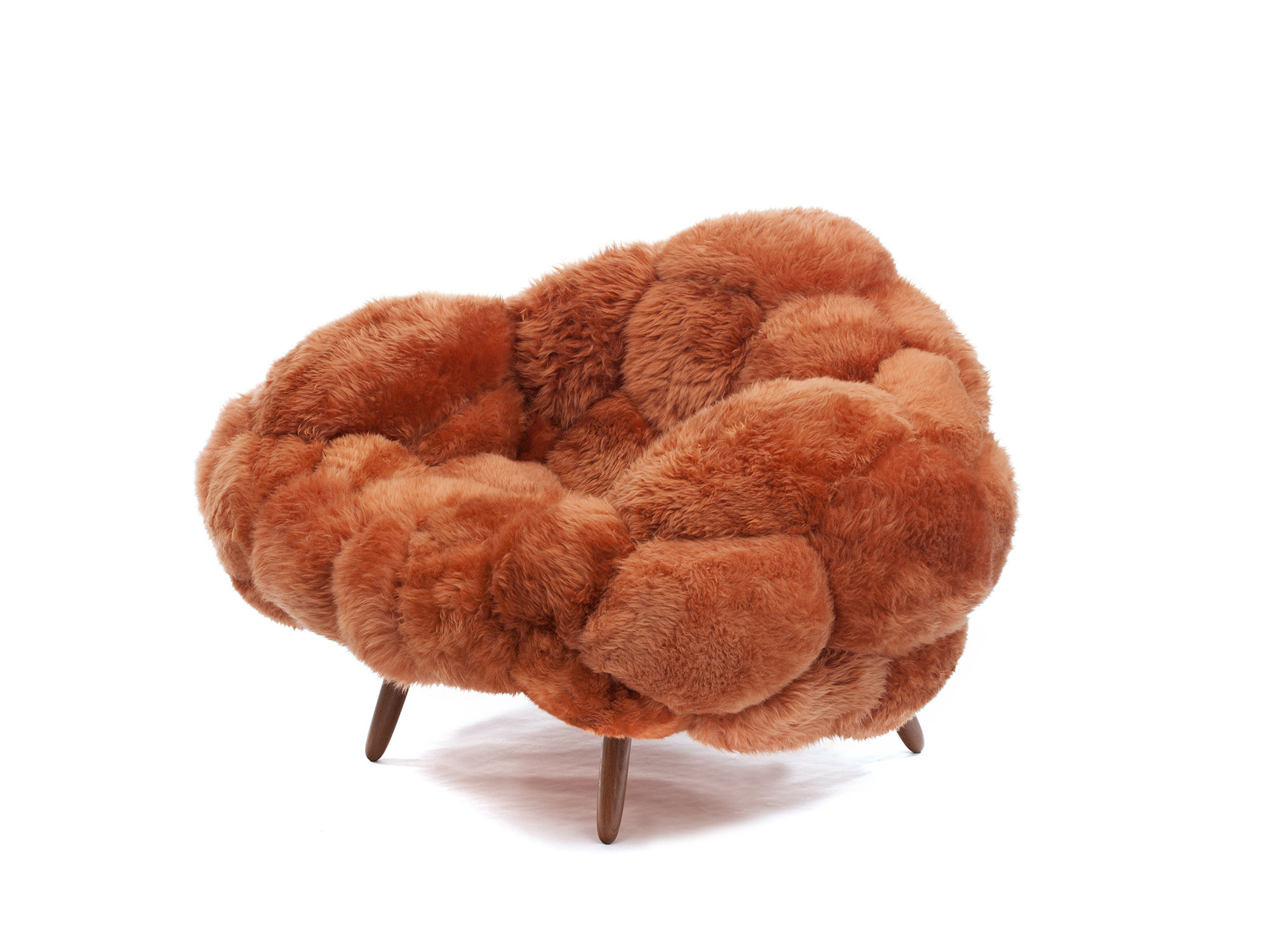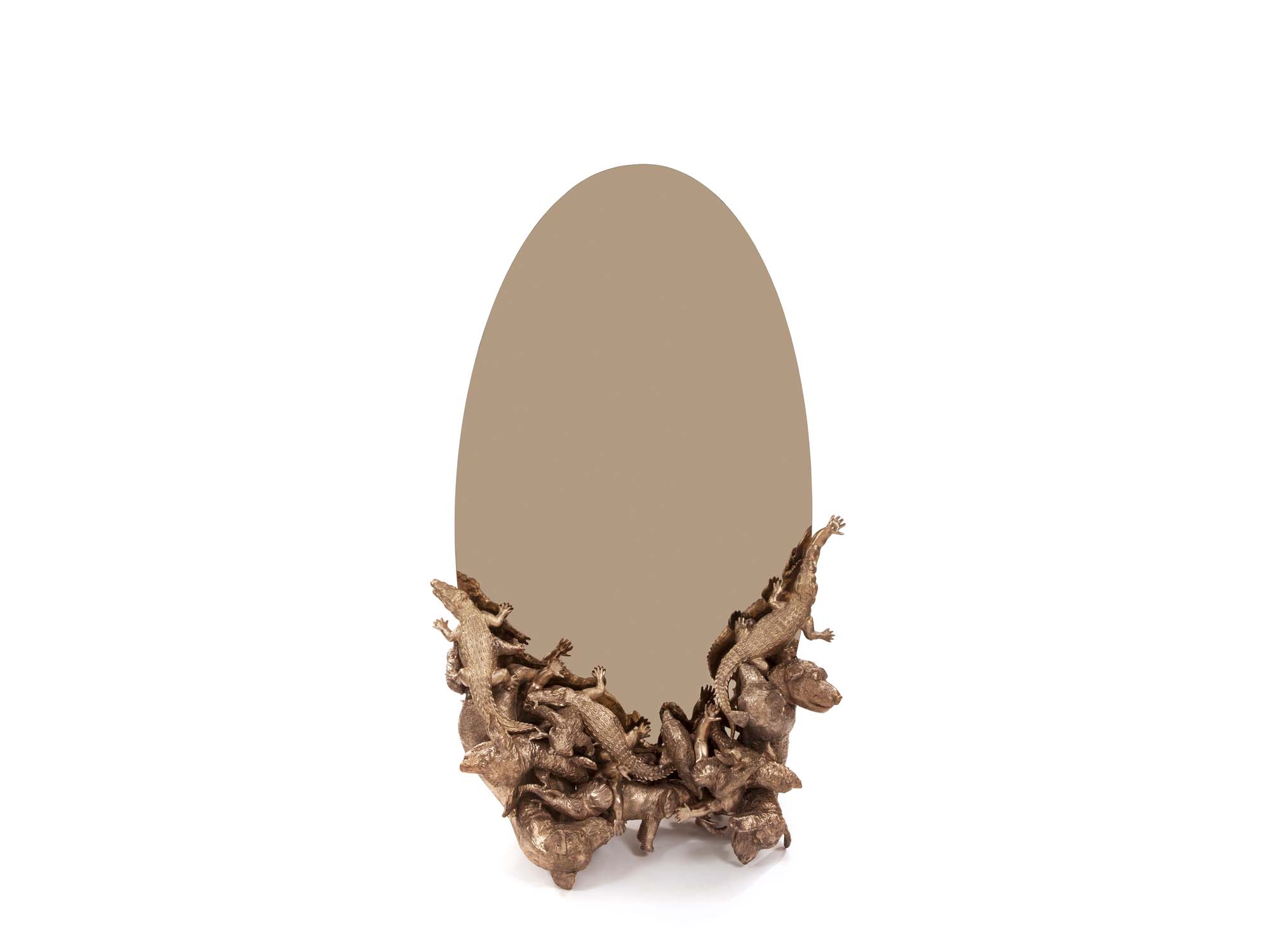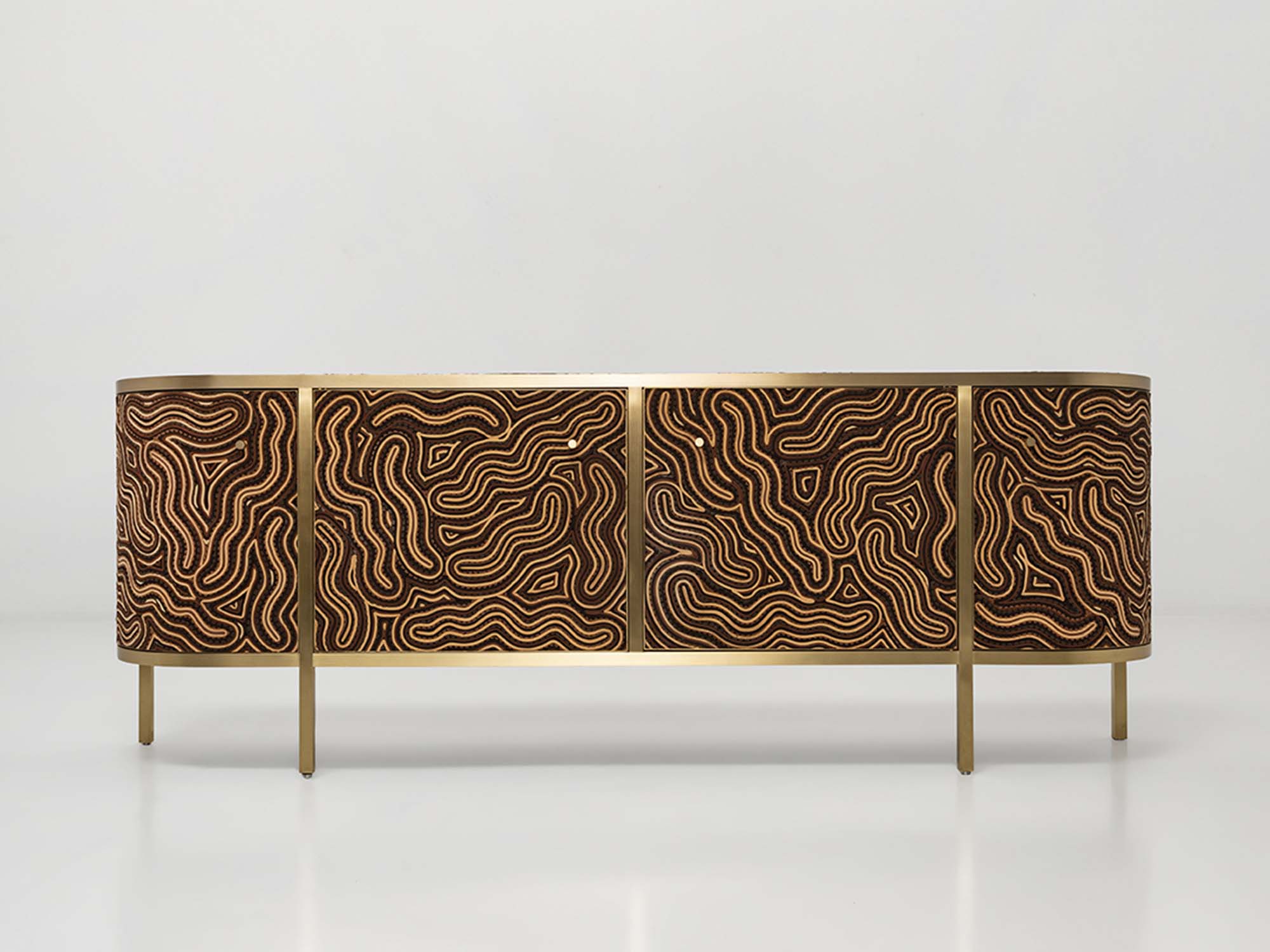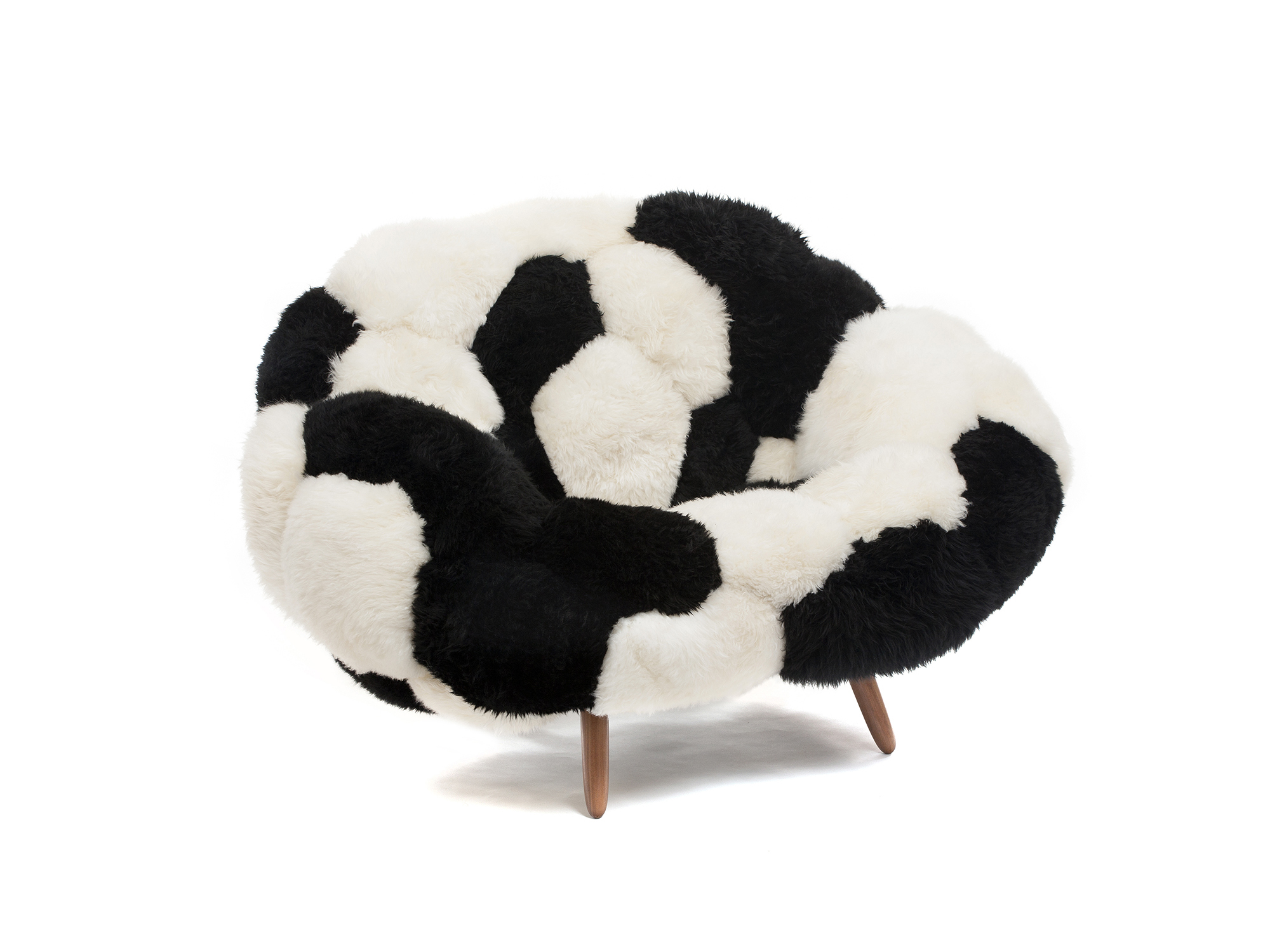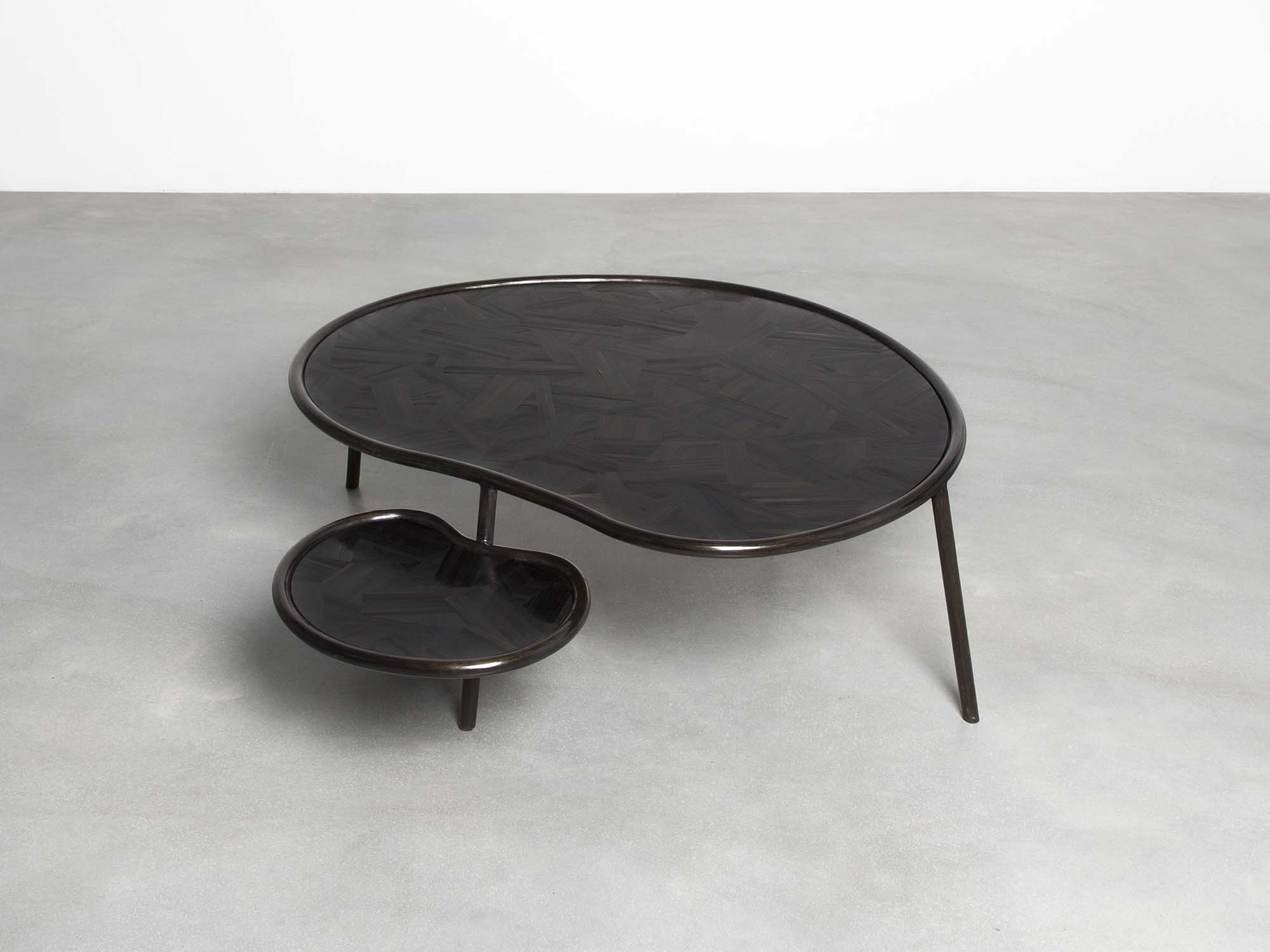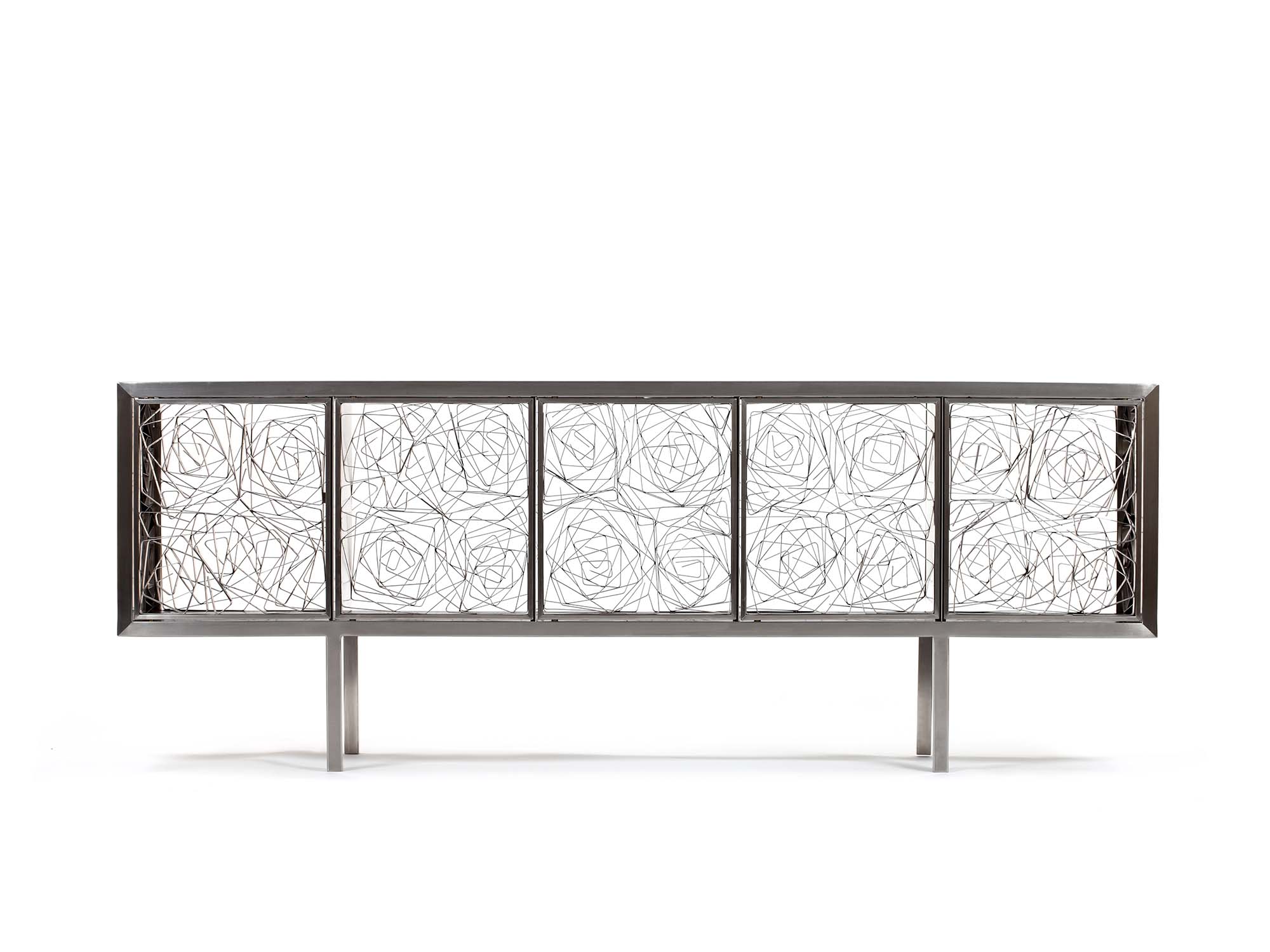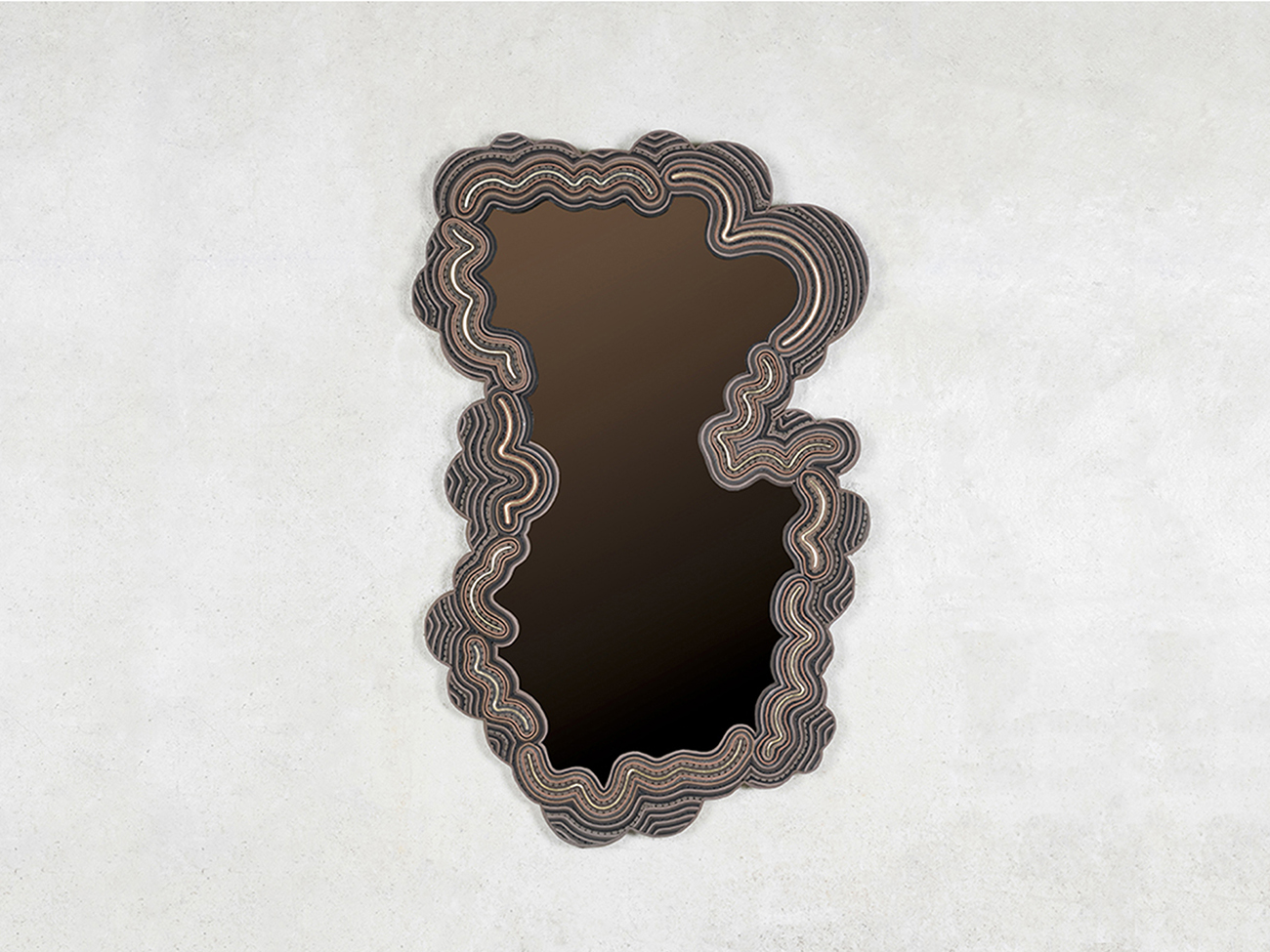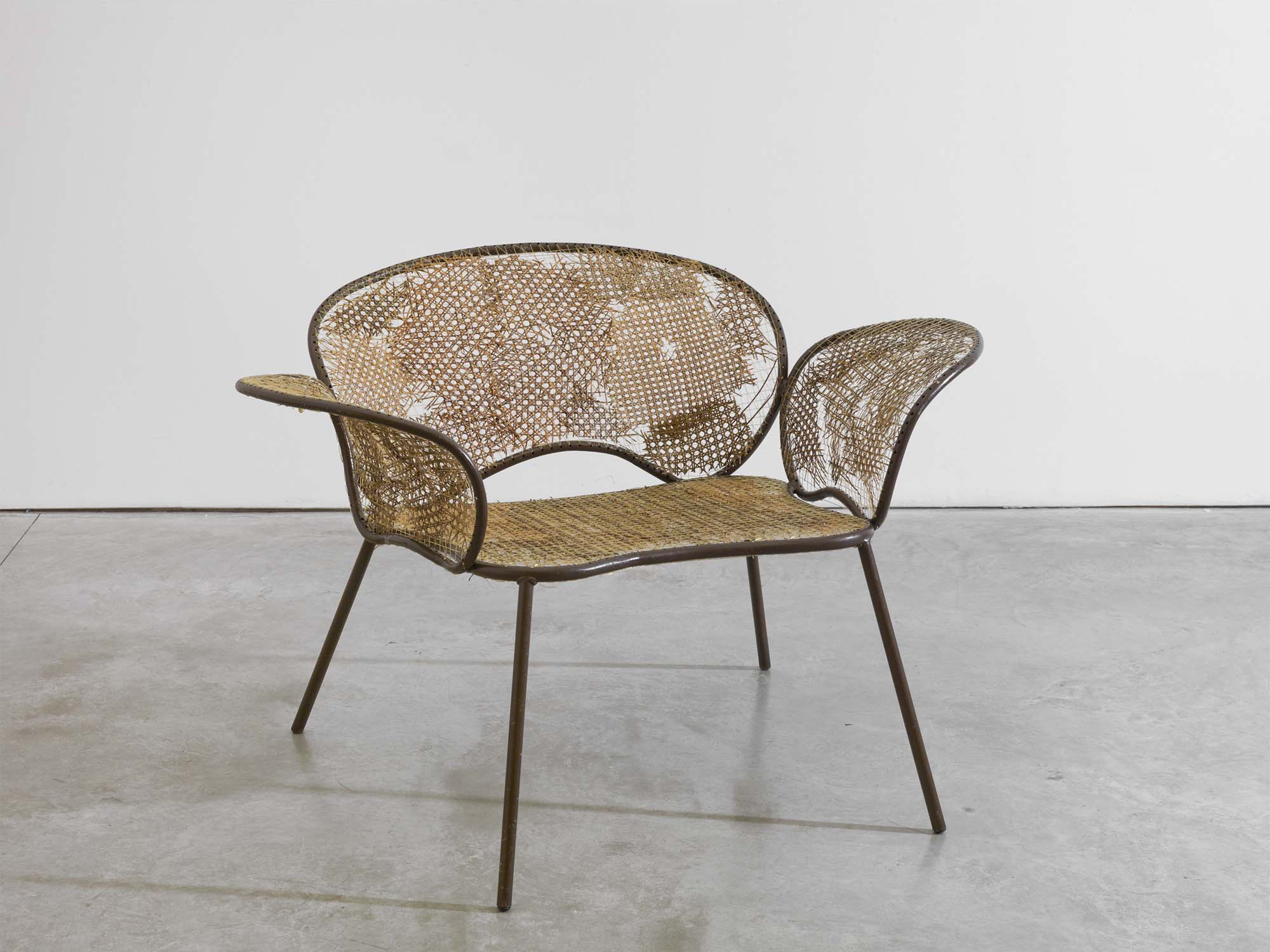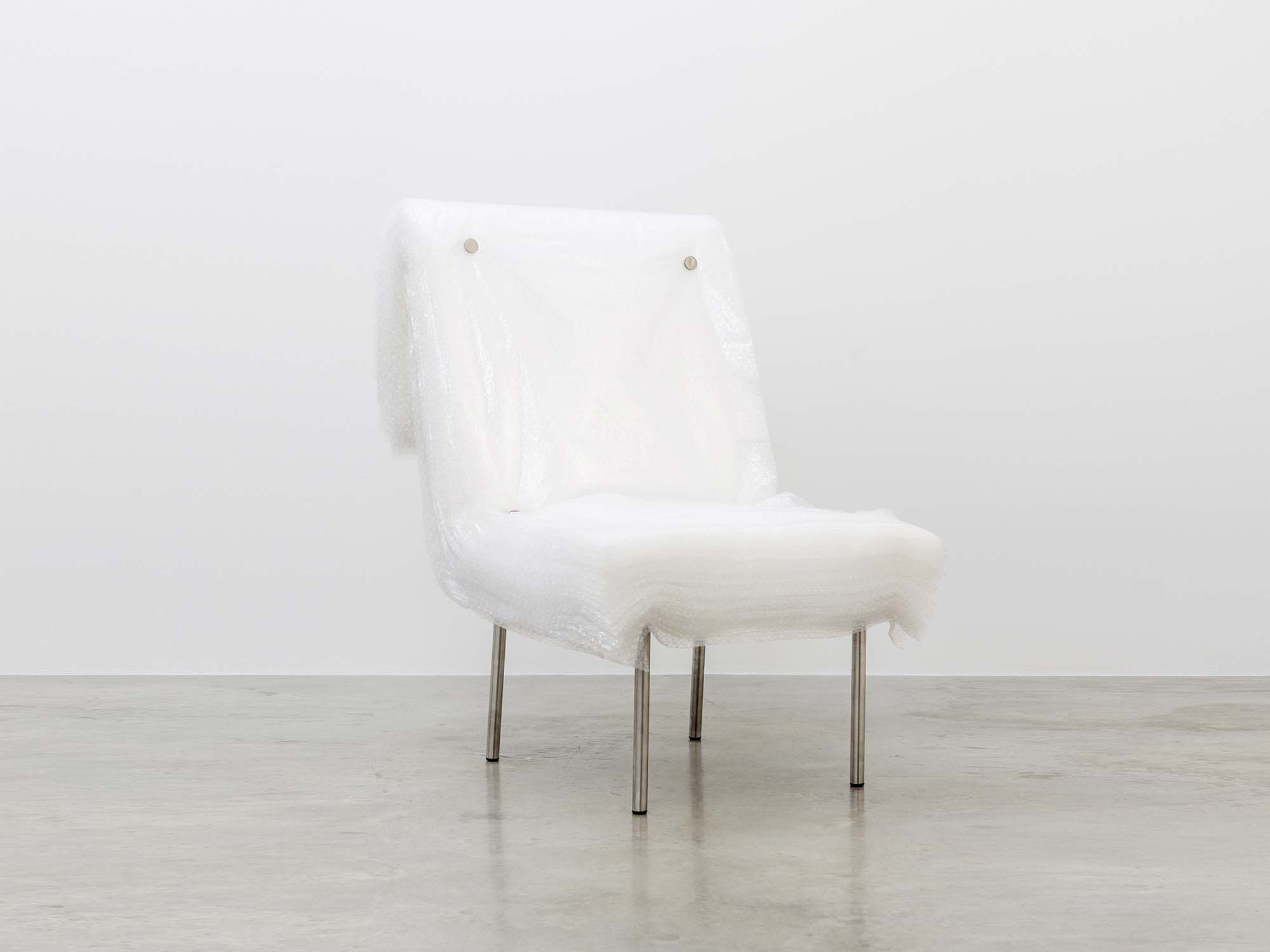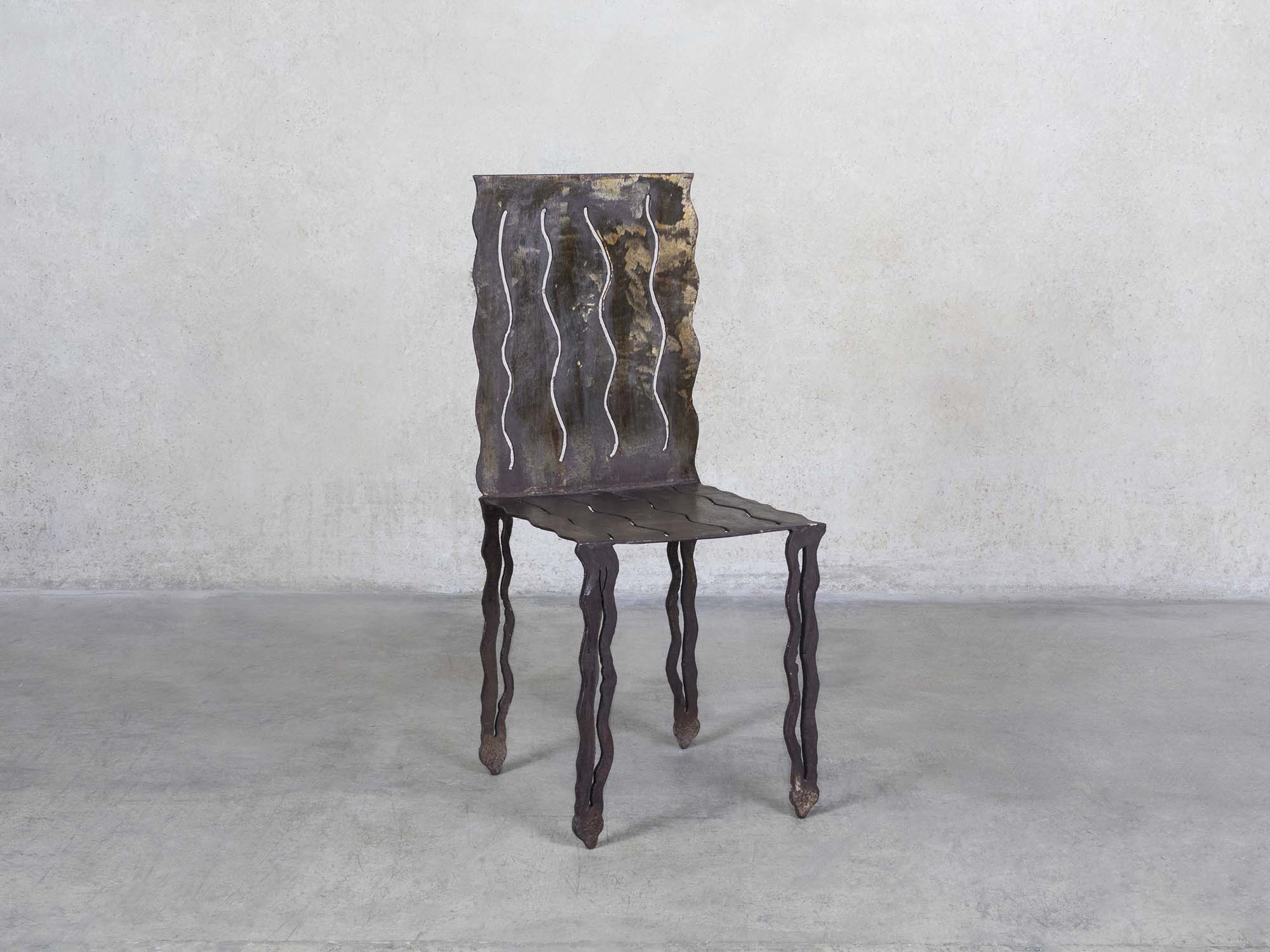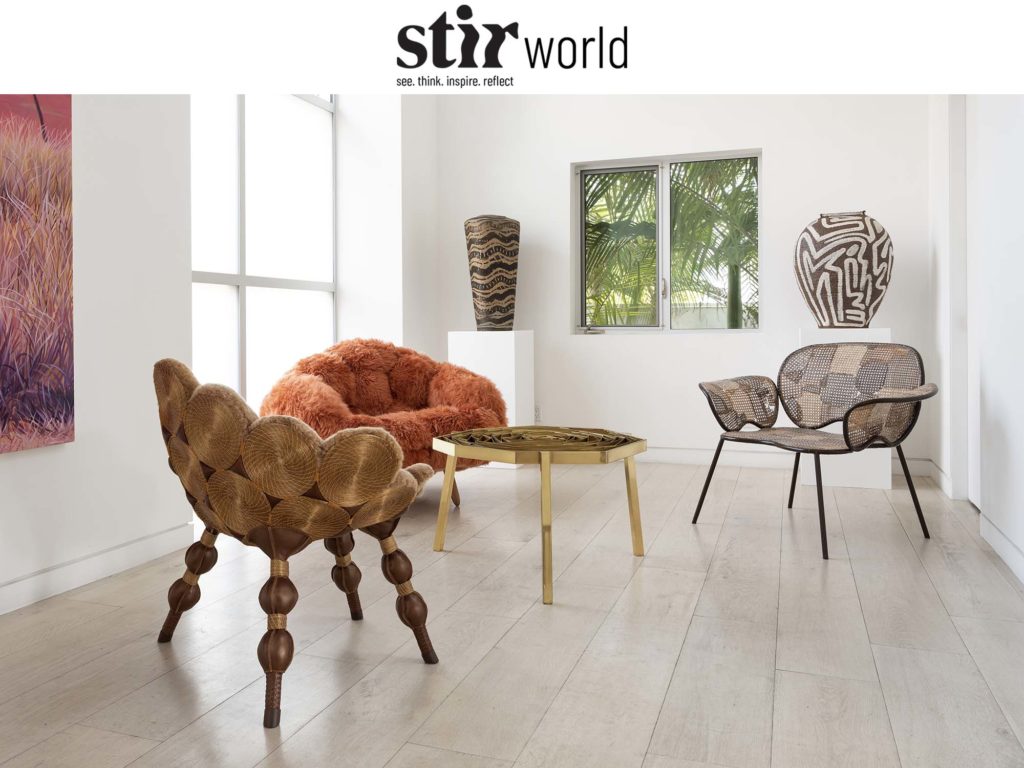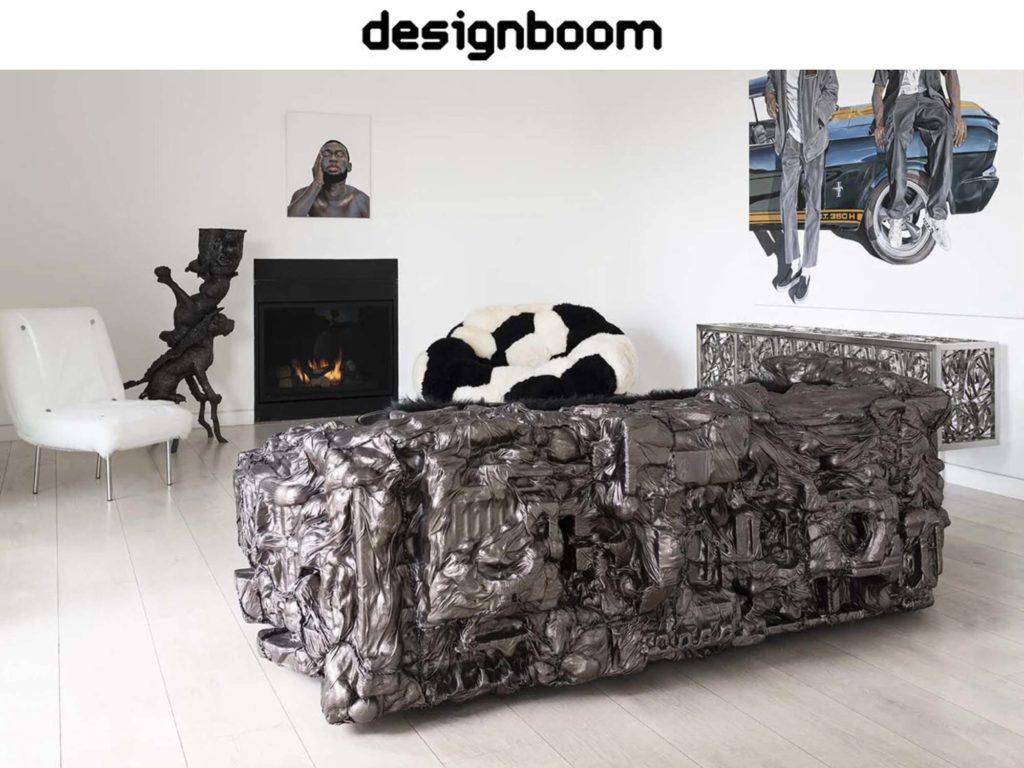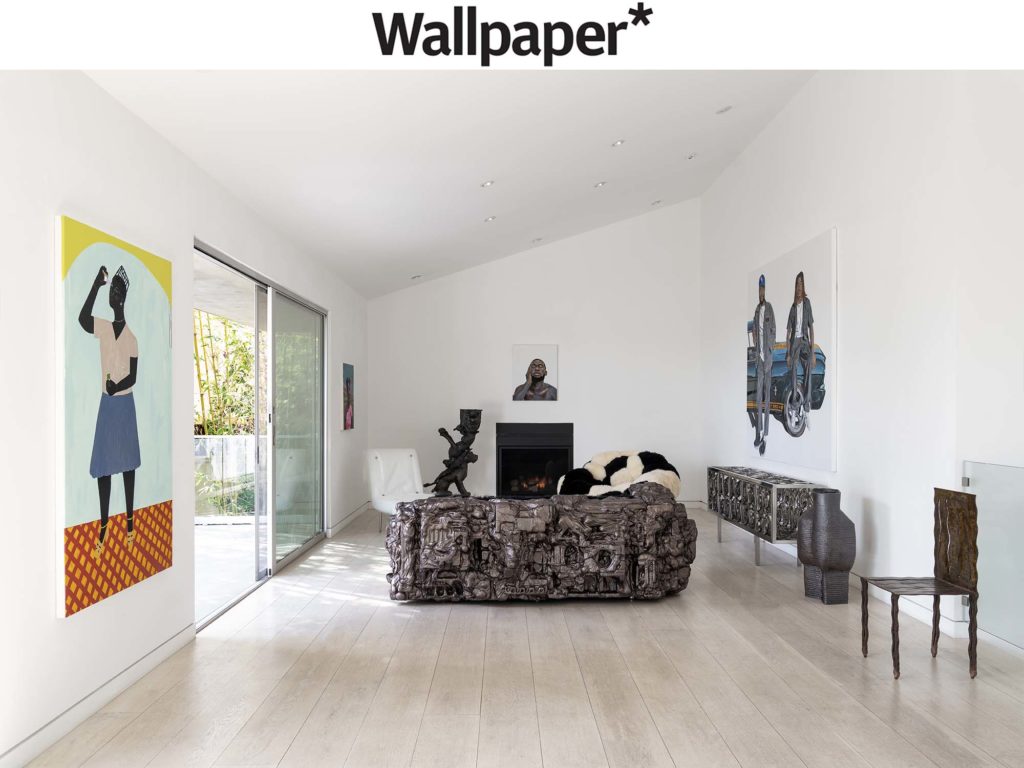Opening Reception: February 15, 12pm – 6pm
As the design community remembers the towering contributions of Fernando Campana, Friedman Benda presents an exhibition in his honor. Cine São José includes an extensive arc of objects, surveying the pivotal impact of Estúdio Campana in the 21st century and referencing key moments from the first 15 years of the studio’s existence. Cine São José will premiere some new works that amalgamate the studio’s core ideologies while marking this moment in time.
Cine São José, references the cinema in the Campana brothers’ hometown, Brotas, where they spent a significant part of their youth, as the silver screen was their main window to the world. The show is a chronology, tracing iconic works, that are not only imbued with local, social, artistic, and personal contexts, but show what in the words of Deyan Sudjic calls the “recalibration” of objects of contemporary design.
The show’s earliest piece, the rare Yanomani Chair (1989), is part of a seminal early series of about 20 chairs called the Desconfortáveis (“Uncomfortable”) collection. Forged of iron with cutouts made ad hoc with a blow torch, this foundational body of work explores personal expression and every-day materiality.
These early experiments triggered many lines of investigation, including the use of ready-made or industrial materials and innovating with the traditional tenets of furniture. The Plástico Bolha Chair (1995) uses stacked sheets of industrially produced bubble wrap bolted to a simple steel frame to create a chair in which air and transparency are key elements.
The instinct towards less traditional materials coupled with an innate sense of sustainability and a desire to produce something that represented their surroundings, led to the Sushi Series in the early 2000s. The Sushi mirror and Wave buffet distinguished by concentric rolls of remainder fabrics, represent the longevity of a language developed in celebration of the overlapping cloth patterns seen in textiles in São Paulo’s households. From there, using plush toys as upholstery as with the Cartoon Chair (2009), furthered the idea of comfort and recontextualizing daily materials into surrealist, often absurd or humorous references. This time more generally to the cities and towns in Brazil, densely populated and full of Baroque splendor.
The emphasis on local materials and methods of making – both manufactured and handcrafted – is a continuous avenue of exploration for the studio, and wicker and natural fibers are signature materials to which the studio returns to mine. The Detonado series (since 2013) integrates collaged, reclaimed Thonet wicker seats while the new Jalapão Chair (2022) suggests a reactivated sophistication and complexity of design once again showing the studio’s indefatigable quest for new possibilities for nobility from a unique raw material.
Continuing into the late 2010s, the journey included gathering and solidifying signature themes while expanding on the purview of the studio. Highly personal themes find their way into the work, including the brothers’ connection to nature. The Noah series was born as a response to an individual and societal angst of a world facing ongoing climate change and the destruction of natural habitats.
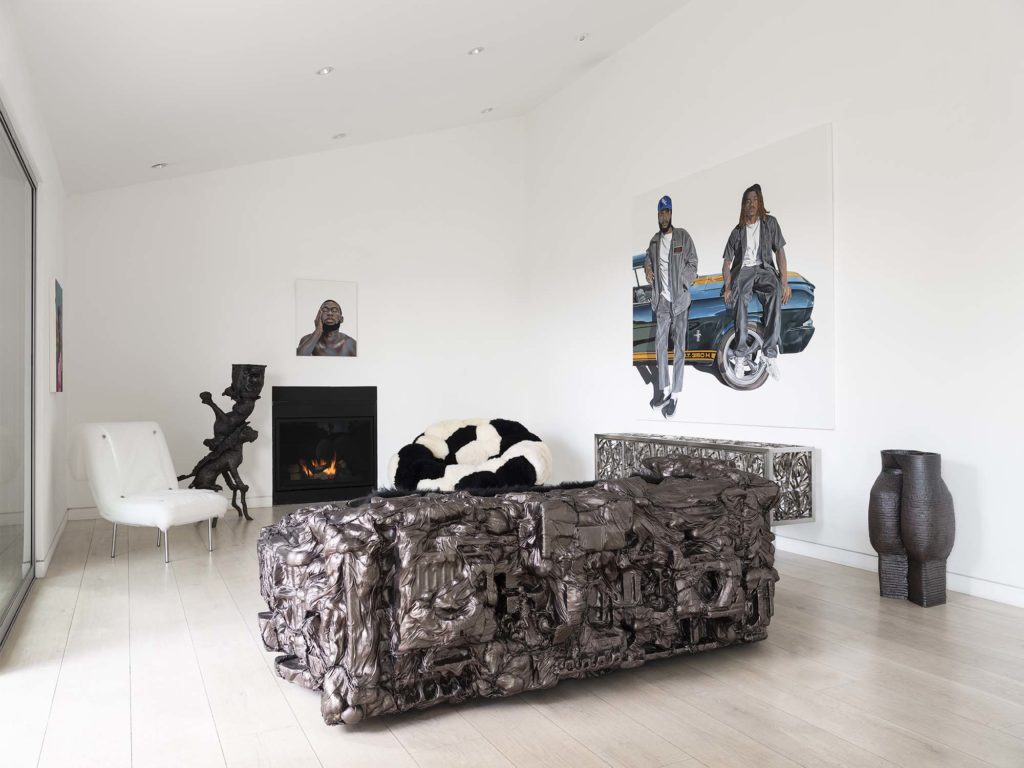
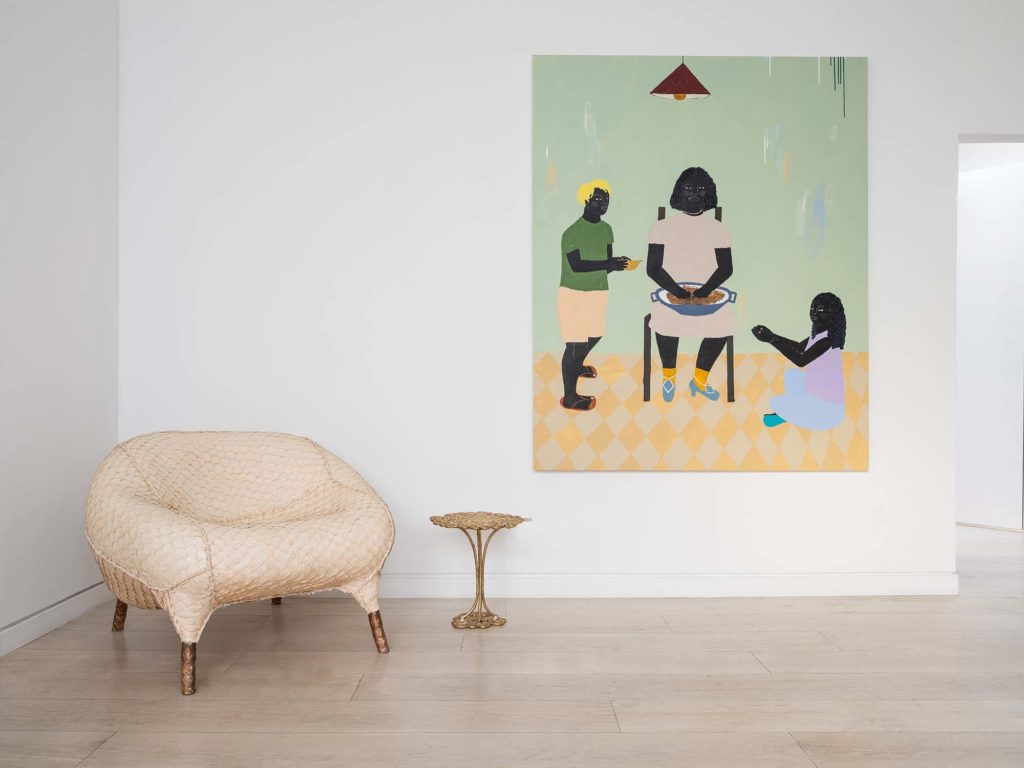
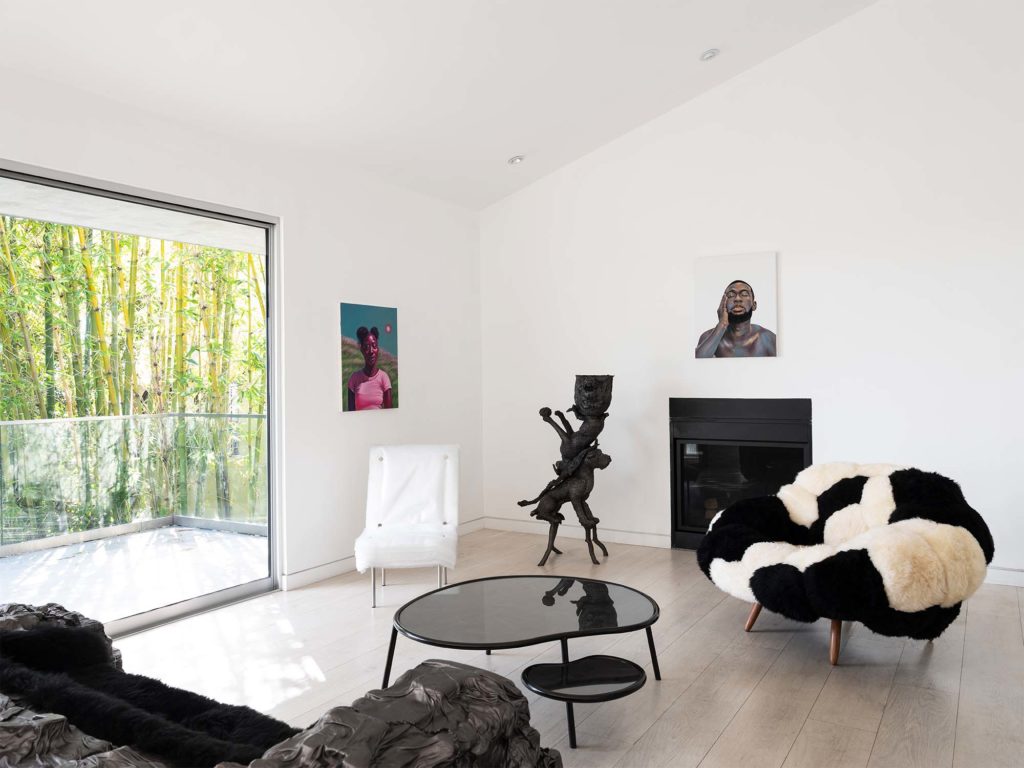
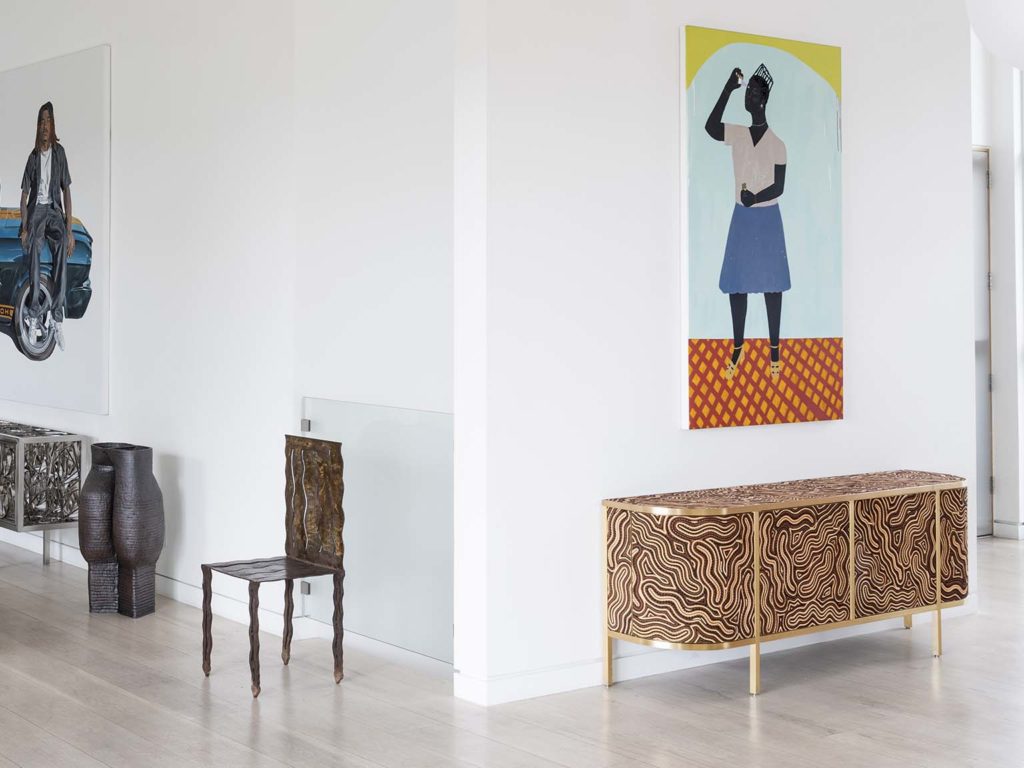
About Estúdio Campana
In 1984, Fernando (b. 1961) and Humberto (b. 1953) founded Estúdio Campana in Brotas, a city outside of São Paulo.
In 1998, “Project 66” was their first international show with Ingo Maurer, curated by Paola Antonelli of the Museum of Modern Art, New York. Also in 1998, they established their first design partnership with Edra in Italy. Each year, the brothers launch new products and concepts in collaboration with international brands such as Alessi, Artecnica, Bernardaud, Baccarat, Corsi Design, Consentino, Edra, Nodus, Magis, Moleskine, Skitch, Plus Design, Venini, and Trousseau, among others.
Estúdio Campana pieces are included in the permanent collections of the Museum of Modern Art, New York; the Centre Georges Pompidou, Paris; Musée Les Arts Décoratifs, Paris; the Vitra Design Museum, Weil am Rhein and the Museum of Modern Art, Sao Paulo.
